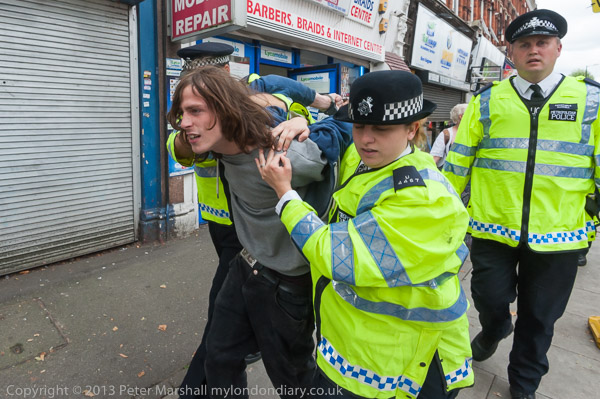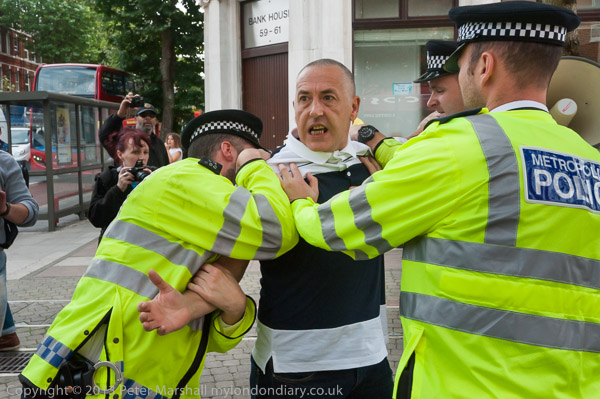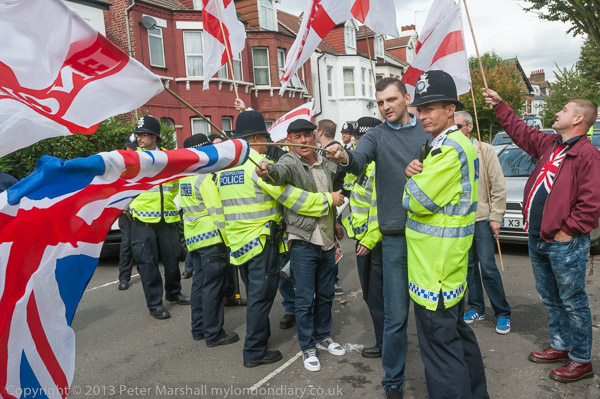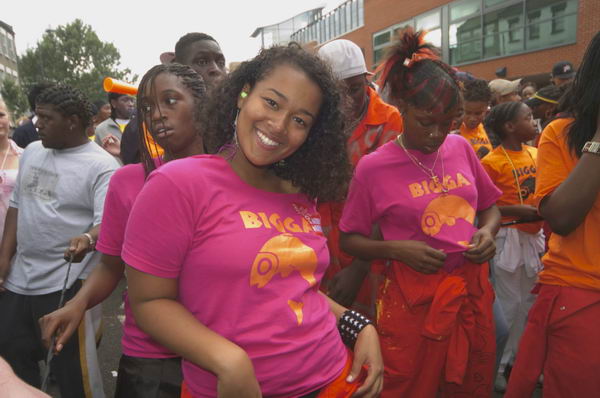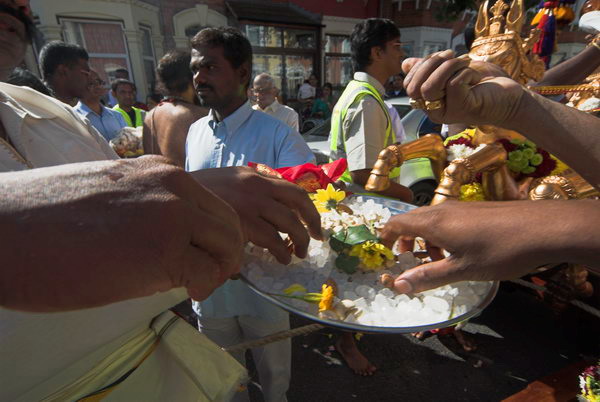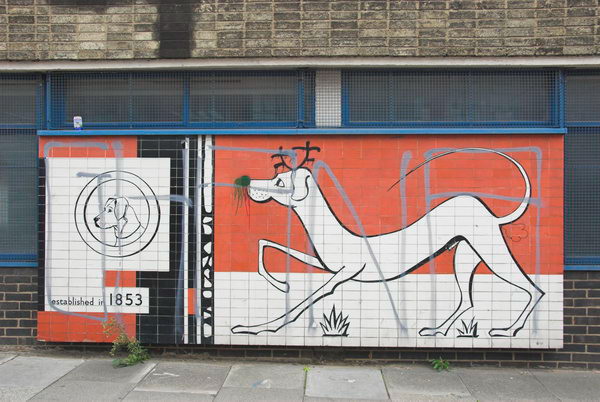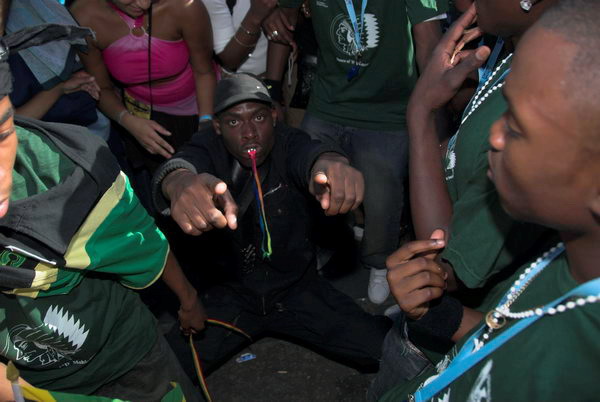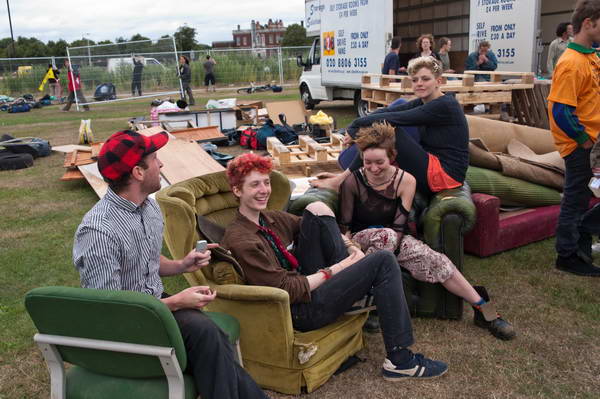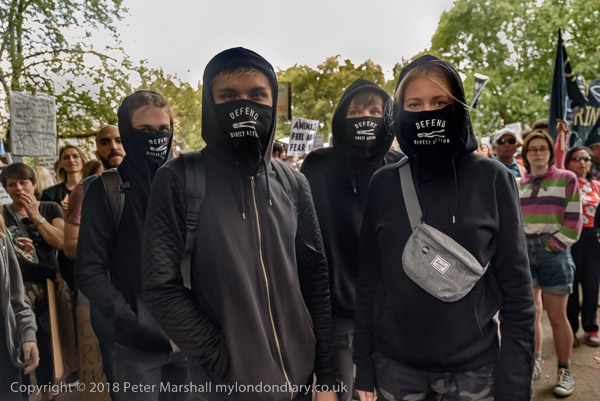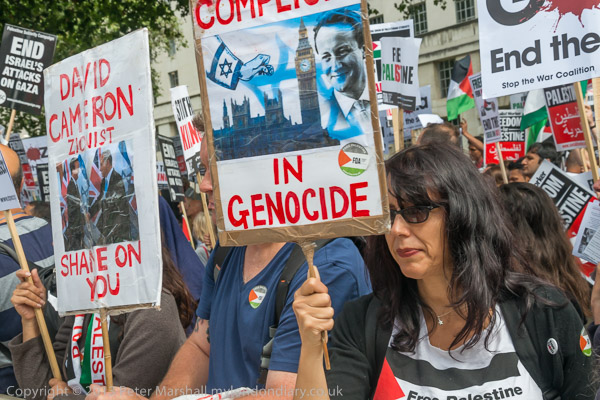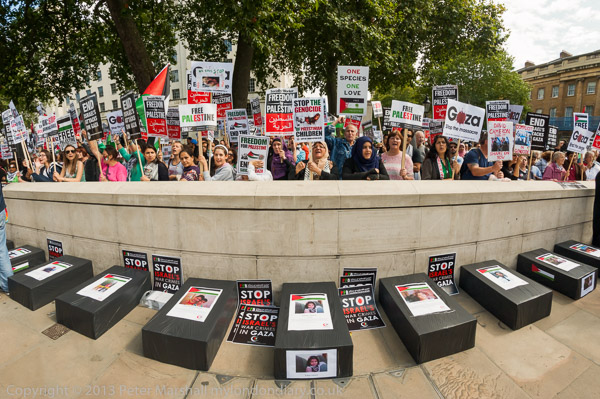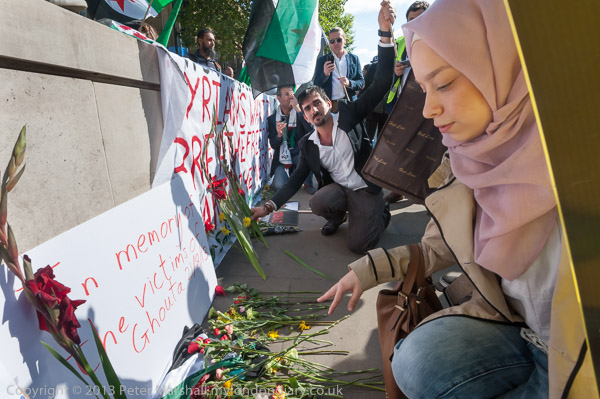DPAC End Week of Protest Against Atos: In August 2012 Disabled People Against the Cuts and UK Uncut organised the week of action as a protest against the sick spectacle of Atos, the company who pressures its staff to unfairly declare disabled people ‘fit for work’ so as to increase its profits and meet government targets, bathing in the glory of sponsoring the Paralympic games. The week ended with two protests on Friday 31st August.
Closing Atos Ceremony – Triton Square
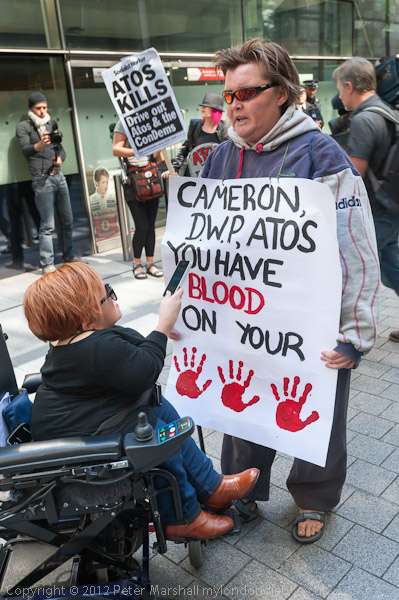
Protests earlier in the week had included a spoof Paralympic opening ceremony next to Tower Bridge, then decorated with a giant paralympic symbol hanging from its upper level, a vigil at Westminster and a memorial service outside the Atos head office to remember the people who have lost their lives at the hands of Atos Healthcare. There had been protests too in other cities – with 40 protesters as corpses in the road stopping traffic, and at the actual Paralympic opening many of the contestants covered up the Atos name on their lanyards as a protest against their involvement as sponsors.

Among those protesting earlier in the week was Tara Flood, a former Paralympian who represented GB at three Paralympic games and whose gold-medal winning time at the 1992 Barcelona games remains a world record. She reflected the feeling of many disabled people when she stated: “It is a shocking irony that Atos is a main sponsor of London 2012 whilst destroying disabled people’s lives on behalf of the government.”

Over 500 came to Atos’s offices in Triton Square for a peaceful protest at the end of the week on Friday 31st August 2012. It had a festival atmosphere, with music and dancing, poppers, brightly coloured plastic water pistols and some fancy dress along the the usual banners and placards, but there was no mistaking the anger against Atos, evident in the slogans on the placards and chants of ‘Atos Kills!’

The target-driven computer-based work capability assessments delivered by Atos cause extreme hardship and misery to many disabled – and death to some. Last year 1,100 claimants died after Atos tests placed them on compulsory work-related activity to gain benefits, and others found ‘fit for work’ and so left without income have committed or attempted suicide.

Among conditions that Atos tests have found to have no bearing on fitness for work have been fatal heart conditions, terminal breast and kidney cancer and severe MS.

In one long street theatre performance disabled people who truly wanted to be freed of their disabilities were urged by ‘Atos’s own Reverend’ to come forward and go through the ‘Atos Miracle Cure’ archway, and several, mainly in wheelchairs, did so. Nothing seemed to happen to them, and they were disappointed, even after the ‘Rev’ had blessed them and patted them on the head, but then an ‘Atos doctor’ in a white coat came to assess them, and lo! she gave them each a certificate that they were now fit to work, and, even more miraculous, a job. But it was all a con!

By the time the ceremony ended I had left and was making my way to the Department of Work and Pensions offices, Caxton House, in Westminster, having been tipped off that disabled activists had entered and occupied them.
More at Closing Atos Ceremony.
DPAC Occupy Dept of Work & Pensions – Westminster

Traffic was heavy in London – I should have taken the tube. By the time I arrived there were around 20 or so protesters outside with banners in front of the entrance. Behind them were a block of around a dozen police in several rows in the fairly narrow outer lobby, and behind them I could see more police and a few protesters.

Shortly after me more arrived from the event outside the Atos offices, including quite a few in wheelchairs and formed a fairly large crowd, spilling out into the street.

Adam Lotun and spoke briefly about the reasons for the week of actions against Atos and announcing the struggle would continue and as a part of that he would be standing in the Corby by-election.

A few late arrivals tried to push past the police to join those already in the building, but as well as police there were people in wheelchairs and the media in their way and they had little chance of success. The situation became rather confused, but soon police reinforcements arrived and pushed the crowd back a few yards away from the doorway.







